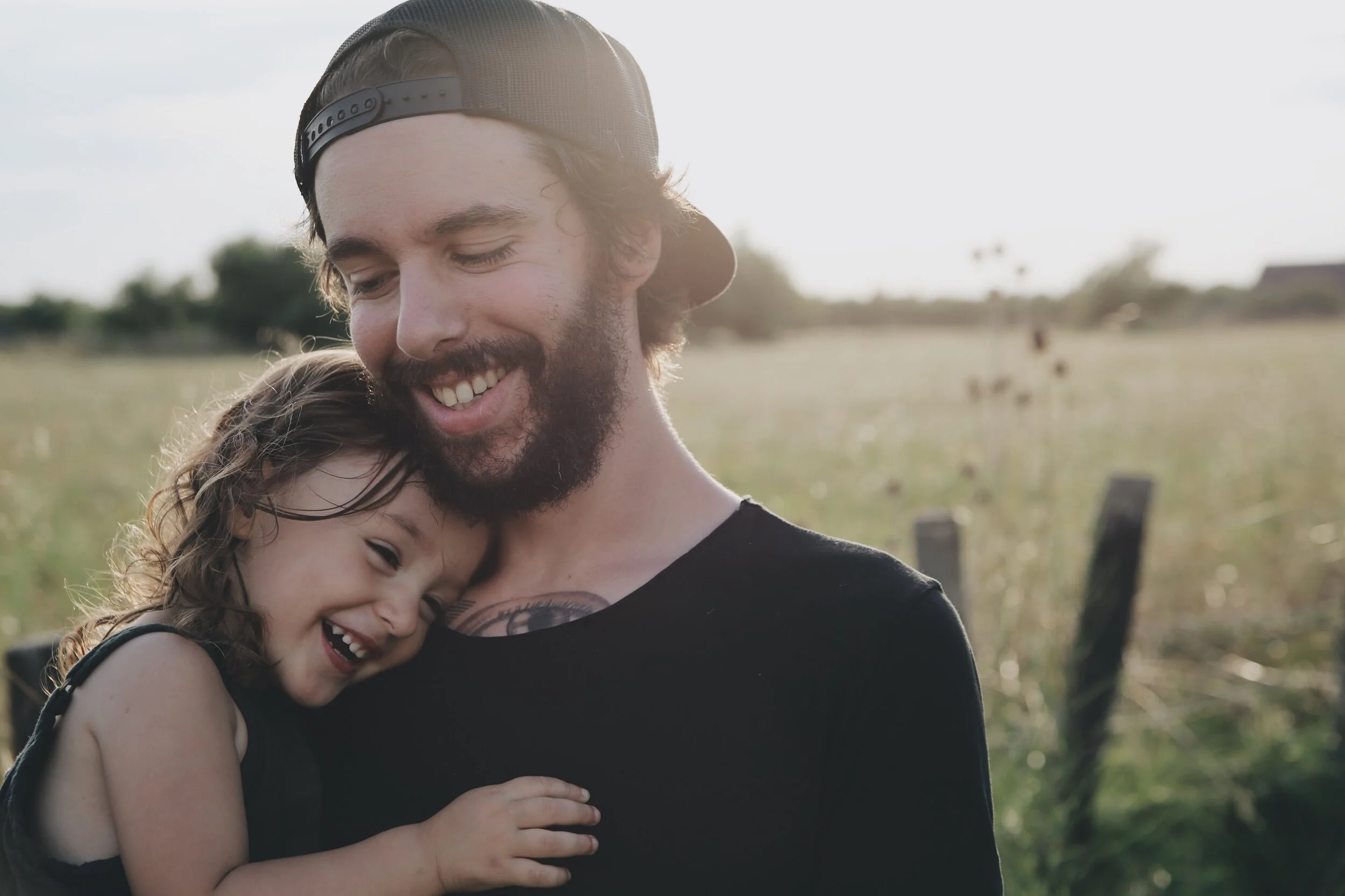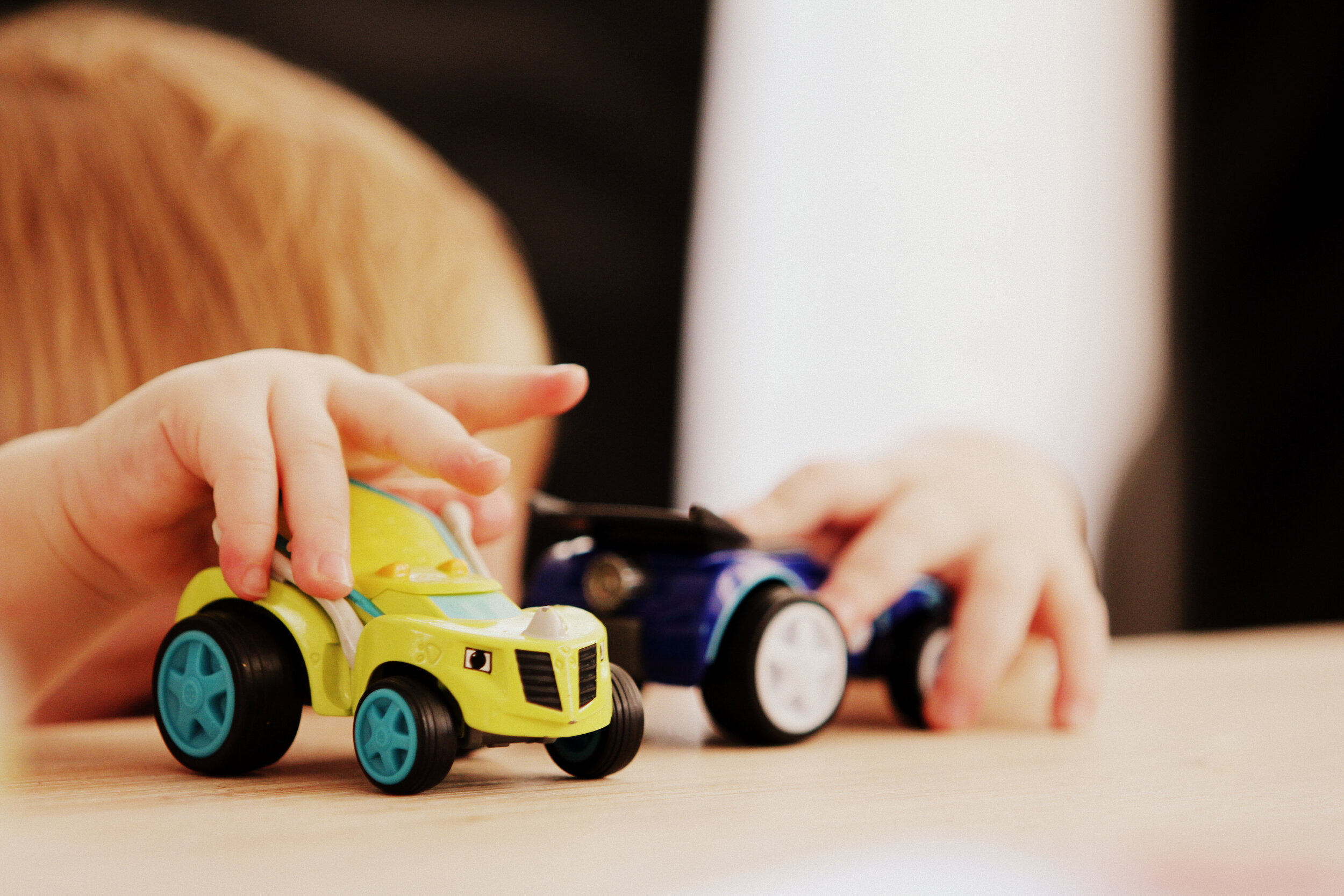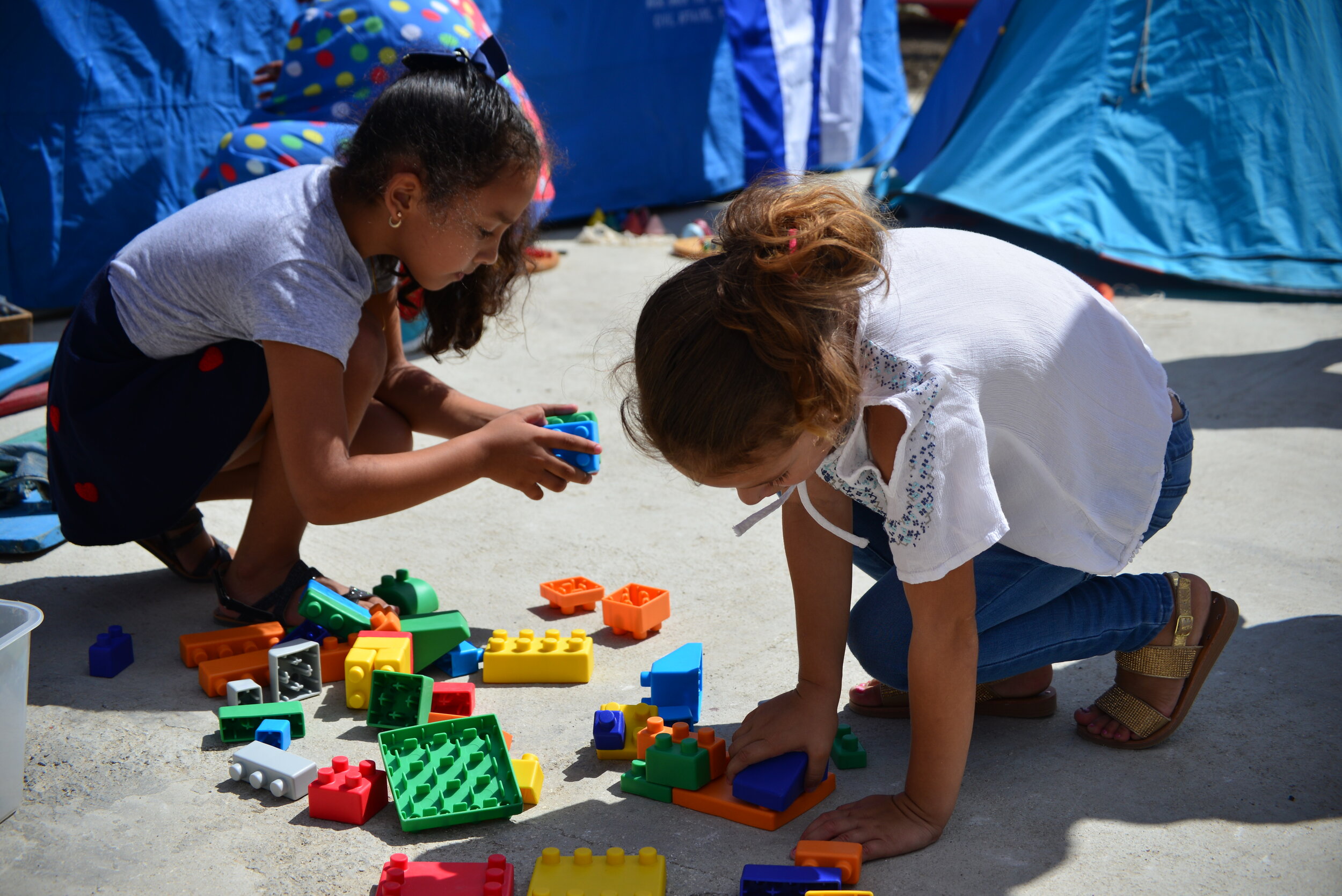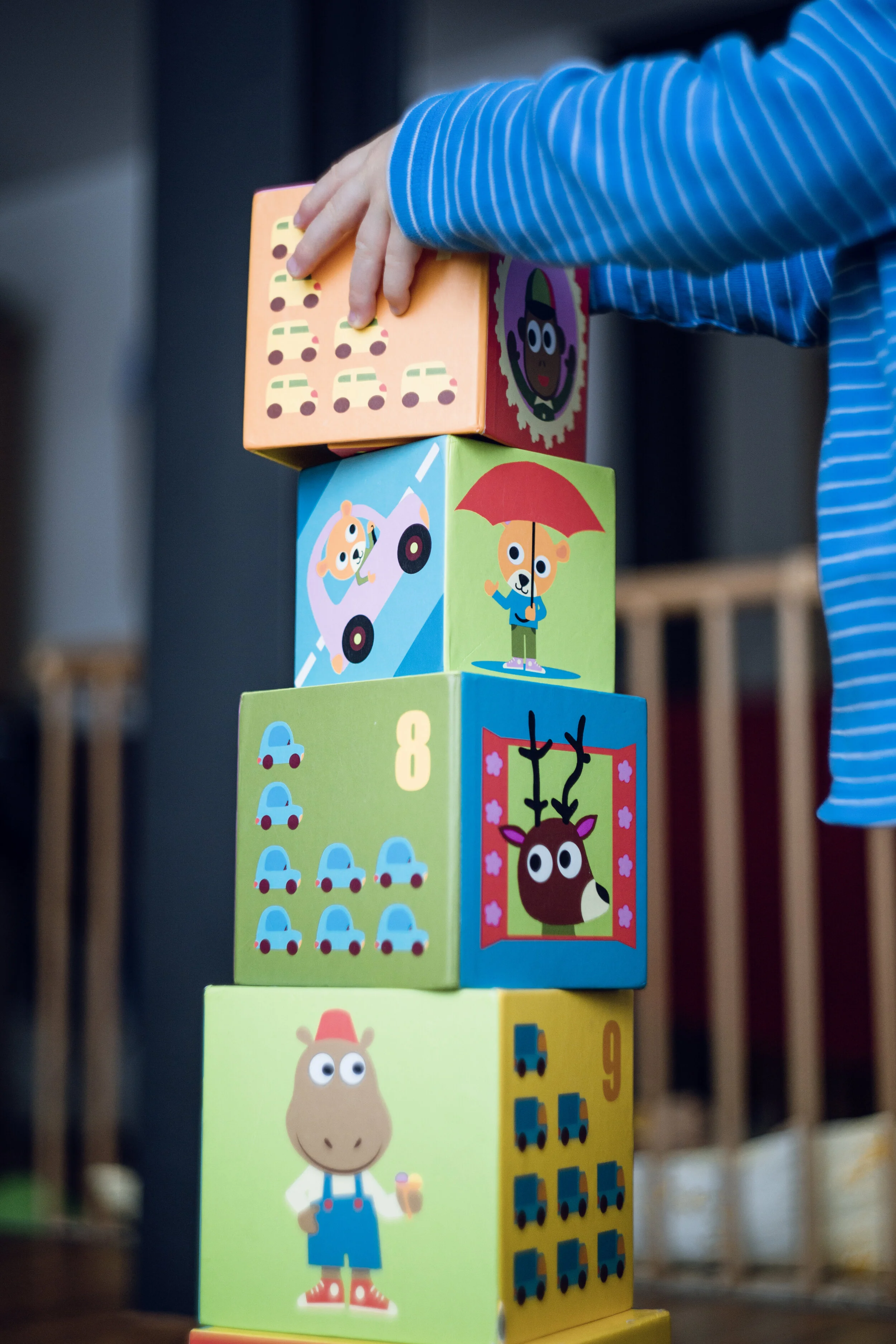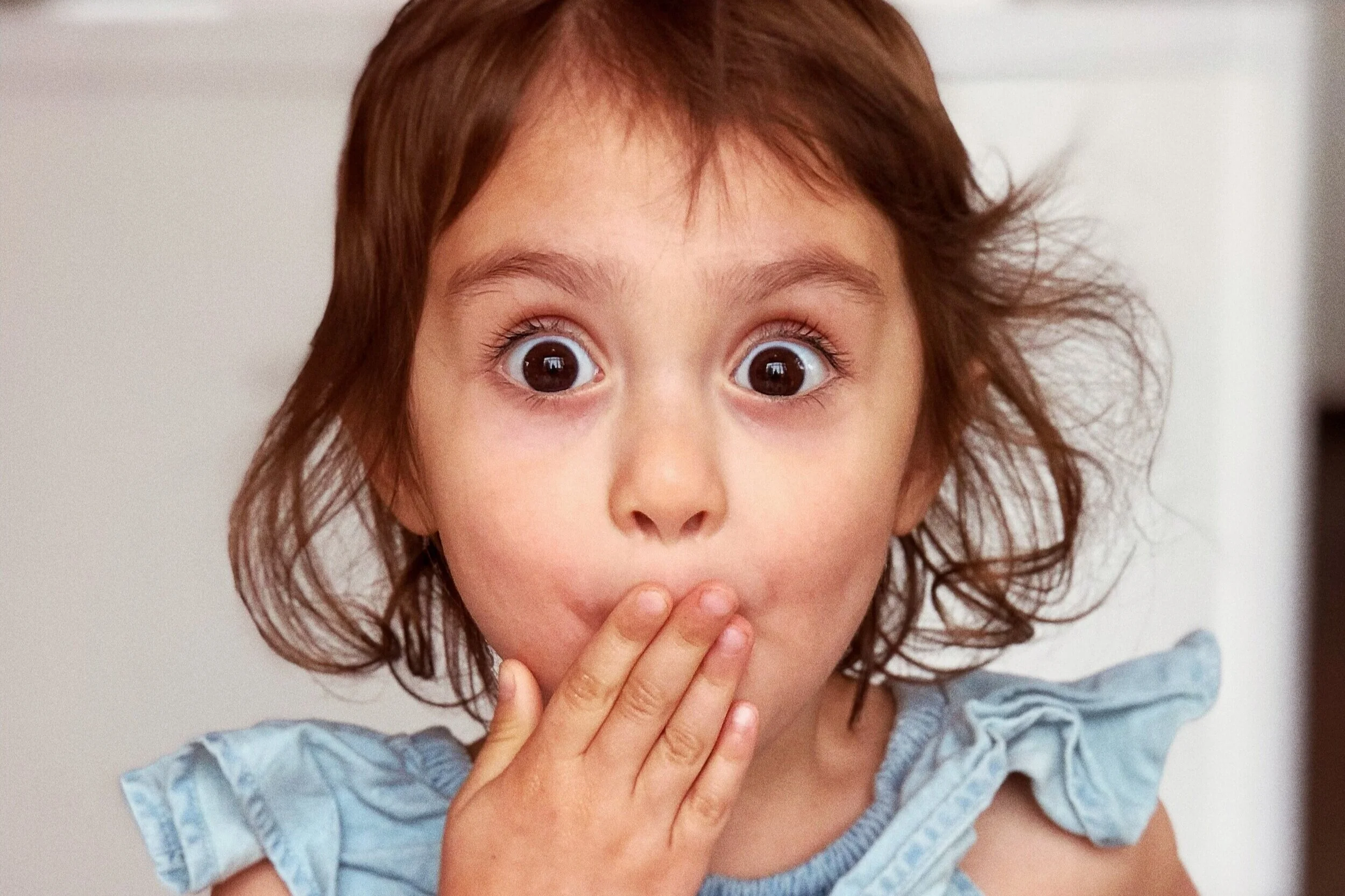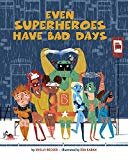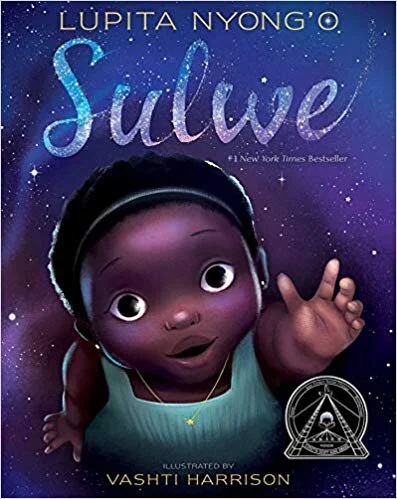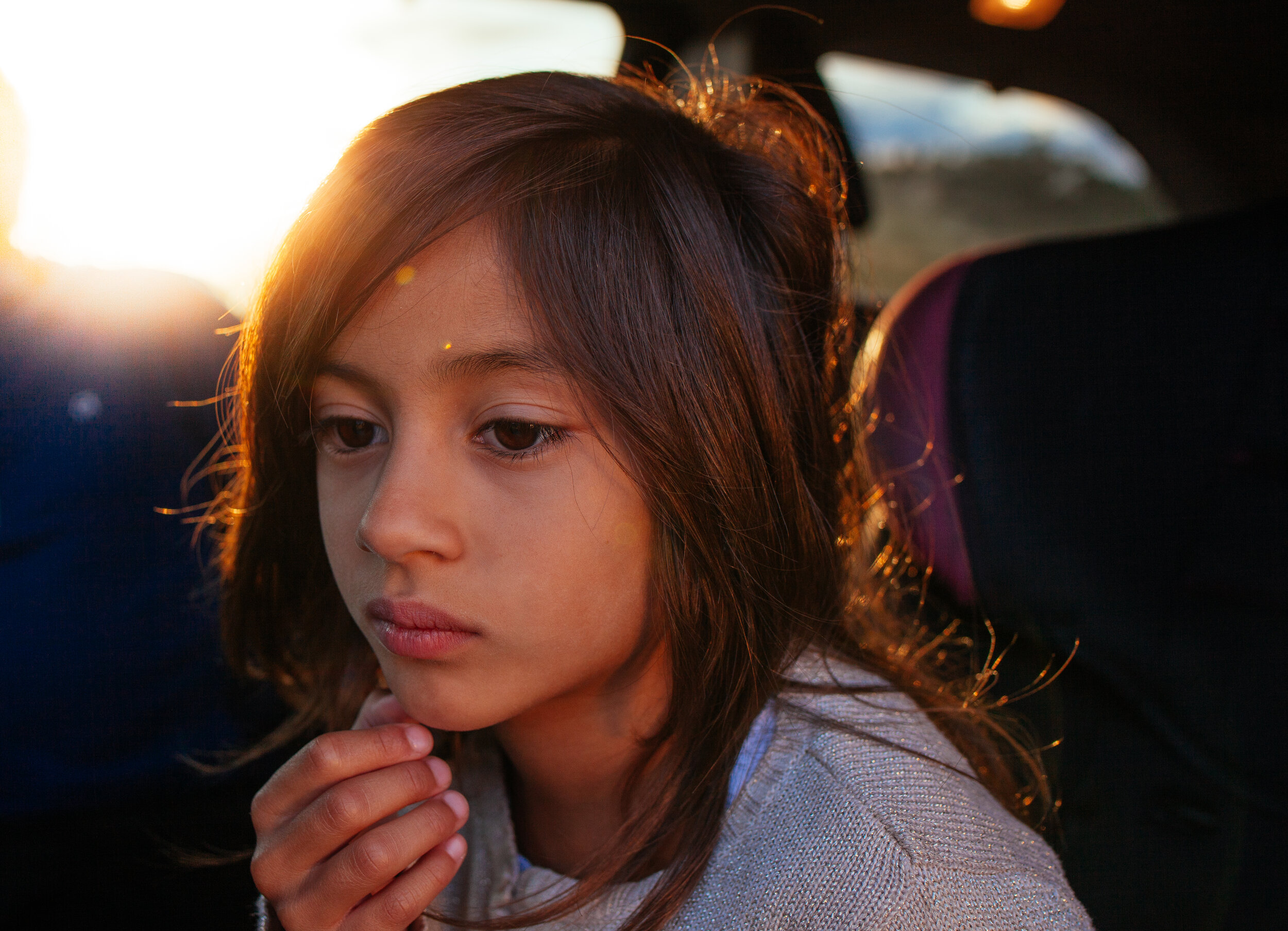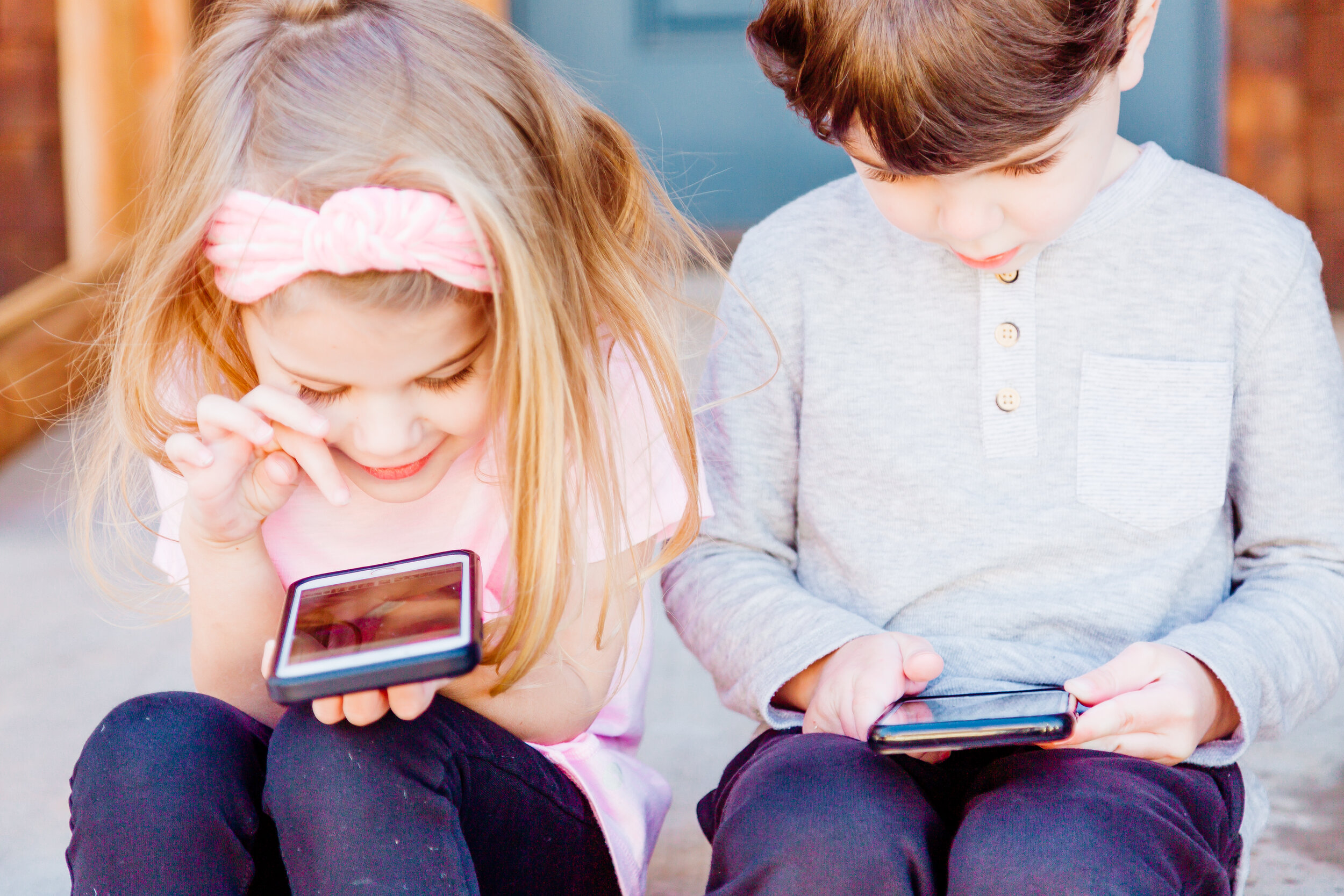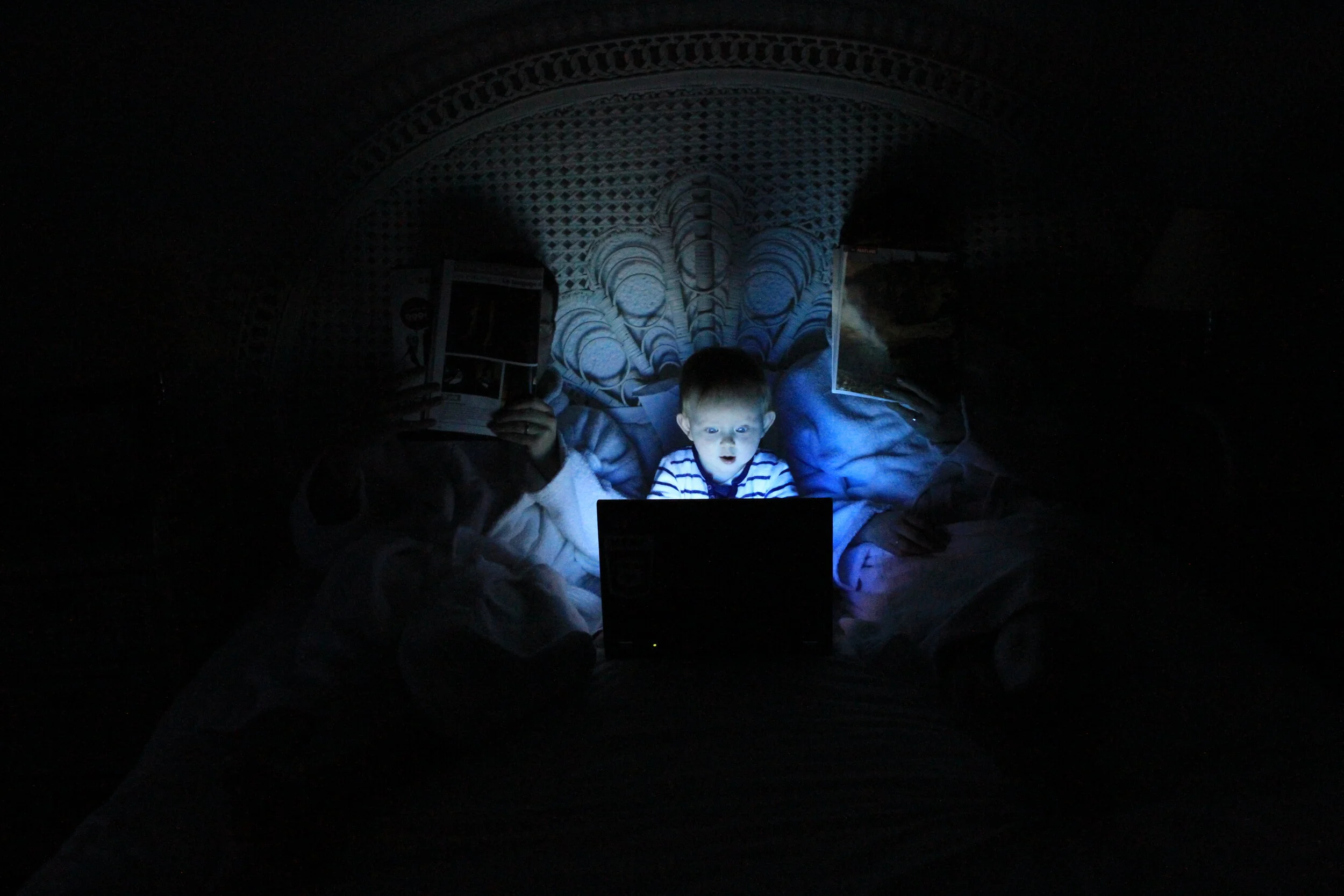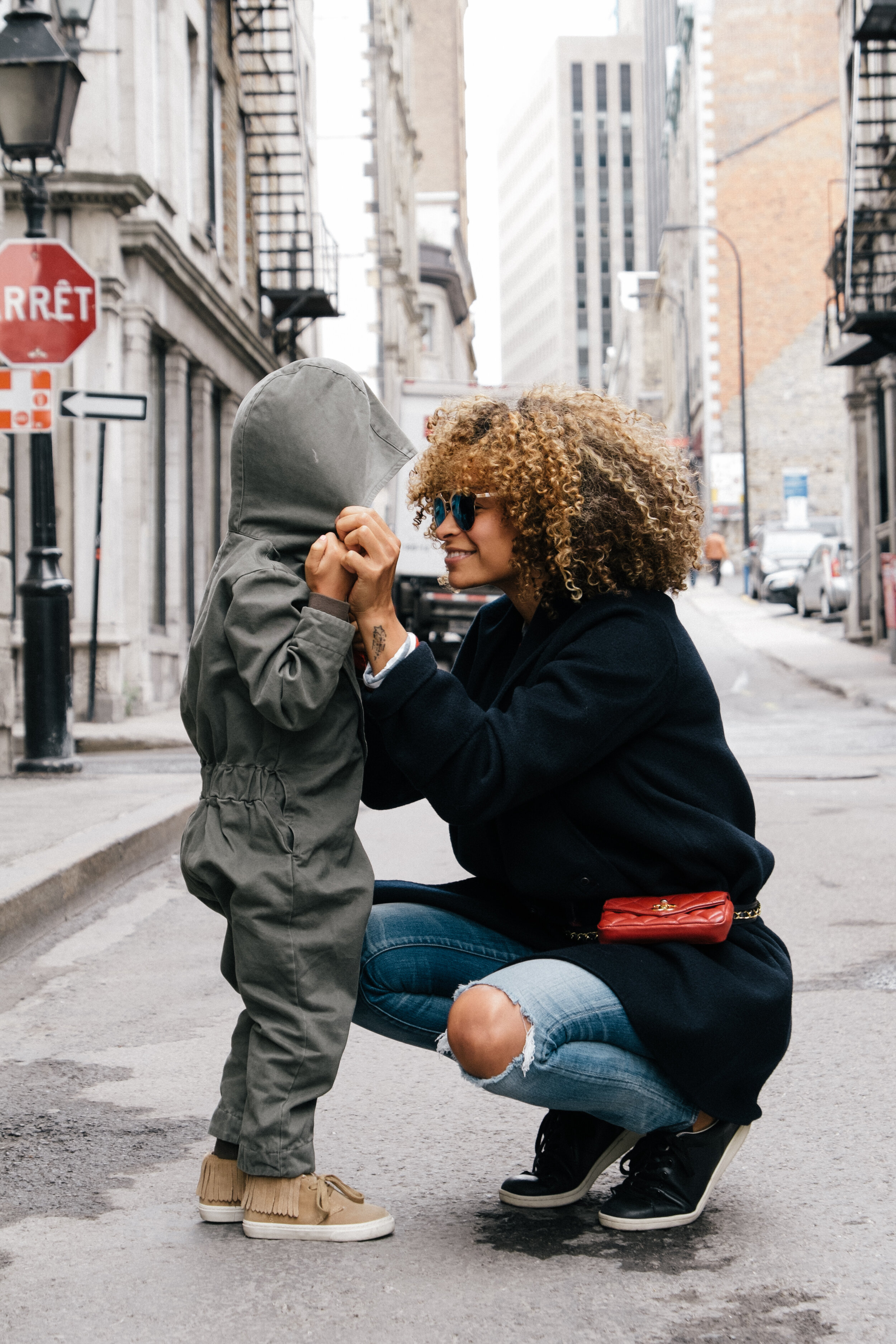Preteens are often left out of discussions about mental health. Not quite little kids and not quite teenagers, it can be harder to find resources that are meant just for them. I was interviewed recently for an article on Healthline about how kids of different ages are dealing with coronavirus stress, and it inspired me to dig a little deeper into how tweens, in particular, are being impacted by the pandemic. I’ll be sharing some of the worries I’ve noticed are on preteens kids’ minds, and how parents can support their tweenage kids through this time.
What’s Considered “Preteen”?
For the purposes of this post, I’ll be considering ages 10-12 as preteen kids. Typically, kids in this age group are getting ready for or just starting middle school. Many children this age—especially girls—are dealing with the physical and emotional changes of the beginning of puberty. Lots of preteen kids are still playful and imaginative, but they’re also developing more of an interest and awareness of teen culture. It’s an interesting in-between time in a kid’s life, and it’s one of my favorite ages to work with in therapy.
Preteens Worry About Family Due to Covid-19
Preadolescent kids have more strongly developed empathy than kids in the younger age ranges. Whereas younger kids may be most worried about their personal safety during the pandemic, preteens have more awareness of how the coronavirus might also impact people around them. Since preteens have more access to the internet and media, they’re more likely to know basic facts about the pandemic, and understand that kids are not usually seriously affected by the virus. However, they’ve also heard that older people are more susceptible, which can lead to worries.
Many of the preteens I work with are voicing concerns about the well-being of their adult family members, both physically and financially. Lots of kids in this age group are aware of the impact the pandemic is having on employment and businesses, but they usually don’t have an in-depth understanding of their family’s own financial situation, which can lead to worries. Here are a few common worries I’m hearing from preteens about family:
Worries that grandparents, great-grandparents, or other elderly family members or friends may contract the coronavirus and get seriously ill.
Worries about their parents’ health if the family is affected by COVID-19, particularly if parents have pre-existing medical conditions.
Worries about whether their parents can afford to be out of work, fears about having enough money to support the family, and concerns about how these financial changes could impact daily life.
How to Help Preteens With Family Worries
While children don’t need to know all the details of a family’s finances, it can be really helpful for preteens to hear reassurance from parents right now about how the family is planning to deal with financial setbacks. It’s often enough for kids to learn that there are no worries about continuing to put food on the table, or to hear about the family’s plans to get financial assistance to help support the family business.
On a similar note, discussing how the family is planning to care for older family members, and the steps that family members are proactively taking to stay safe, can alleviate some anxiety for preteens about the family’s health. Encouraging preteens to FaceTime or text family members who are living alone or have health concerns can empower them to feel involved in helping their relatives, and keep family connections going while social distancing.
Preteens Are Susceptible to Coronavirus Rumors
Many preteen kids have similar access to the internet and smartphones as their teenage siblings, but their critical thinking skills aren’t as developed as an older teen’s. Since the coronavirus is still dominating the news cycle, kids on the internet are likely getting all sorts of information about it when they go online, and this information may or may not be reputable. Even if your tween child doesn’t have this kind of access, her friends likely do, which allows rumors to quickly spread and become exaggerated as they pass through a social group.
Getting age-appropriate information about the coronavirus tends to reduce anxiety, but on the flip side, reading sensationalized news stories or information from questionable sources can make preteens’ anxiety worse. Many preteens view influencers on social media and YouTube as being trustworthy and relatable. They may not be as skeptical about information that’s presented as fact from what they perceive to be a trusted source.
How to Help Your Preteen Sort Out Coronavirus Facts From Fiction
Here are 3 common misconceptions I’m hearing from many preteen clients, and how you can help your child to make sense of all the information they may be getting from friends, the internet, and social media:
Where the virus came from: Conspiracy theories abound about the “real” source of the cornavirus, which can lead to increased confusion, anger, and fear for tweens. You can help your preteen by presenting the facts that we know for certain, as well as acknowledging that there are things we still don’t know for sure. It might be helpful to point out that when we don’t know something, people are tempted to fill in the blanks with information that might not be true.
Newly discovered symptoms of COVID-19: Doctors are making new discoveries all the time about how the coronavirus impacts people. However, there is also a lot of misinformation online about what problems can be symptoms of coronavirus. Tween kids need help making sense of what they’re reading, and understanding that many of these complications are very rare.
Racist content online: Sadly, some kids are telling me that they are reading or hearing things from others that express racism towards Chinese people for “giving” us the coronavirus. This can be really confusing for preteens who aren’t sure what they’re supposed to believe. You can help your child by making clear in no uncertain terms that we can’t blame any ethnic group for this illness.
More Support for Preteens Dealing with Coronavirus Stress
Many preteens are going to be able to muddle through this pandemic with some extra support and patience from the adults around them. However, if you’re noticing that your preteen’s anxiety seems to be getting worse over time, is much more intense than other kids his age, or is getting in the way of daily life, it could be a sign your child needs extra help to cope with this stress.
After seeing so many preteens struggling, I created a class called Worry-Free Tweens to help kids learn coping skills for anxiety and stress management. It’s a self-paced course that’s available wherever you are.
Online therapy can be a great option for preteens, who are usually tech-savvy enough to manage sessions without a lot of help from parents. Sometimes, just having an adult to vent feelings to who isn’t a parent can help preteens unload some of their stress. A licensed counselor can also arm your child with coping skills to help them deal with intense feelings and get through stressful times more effectively.
If you’re in North Carolina or New York, I’m able to provide telehealth to kids in these states. You can reach out to me here. If you are located elsewhere, check out Psychology Today for options near you.







